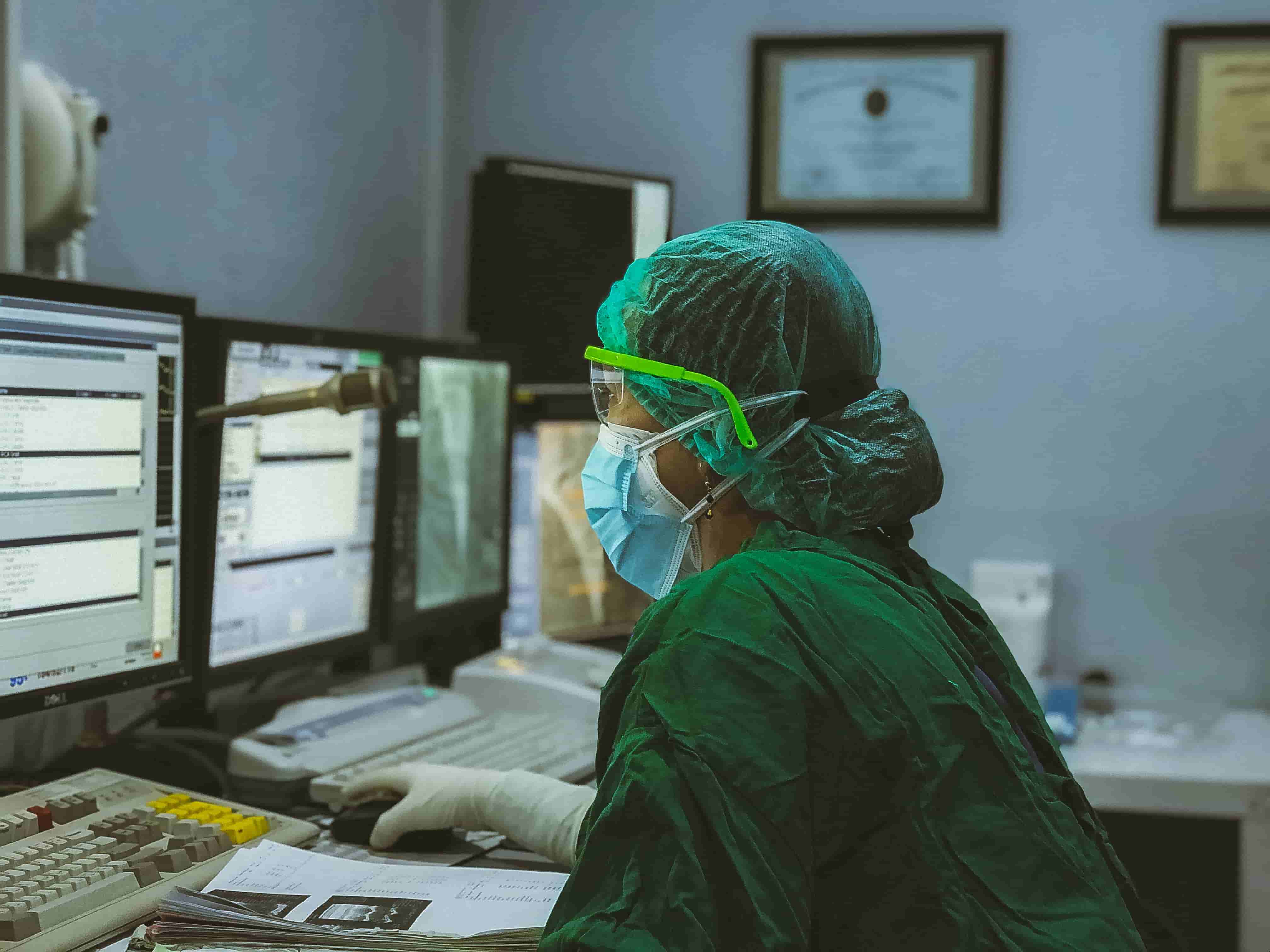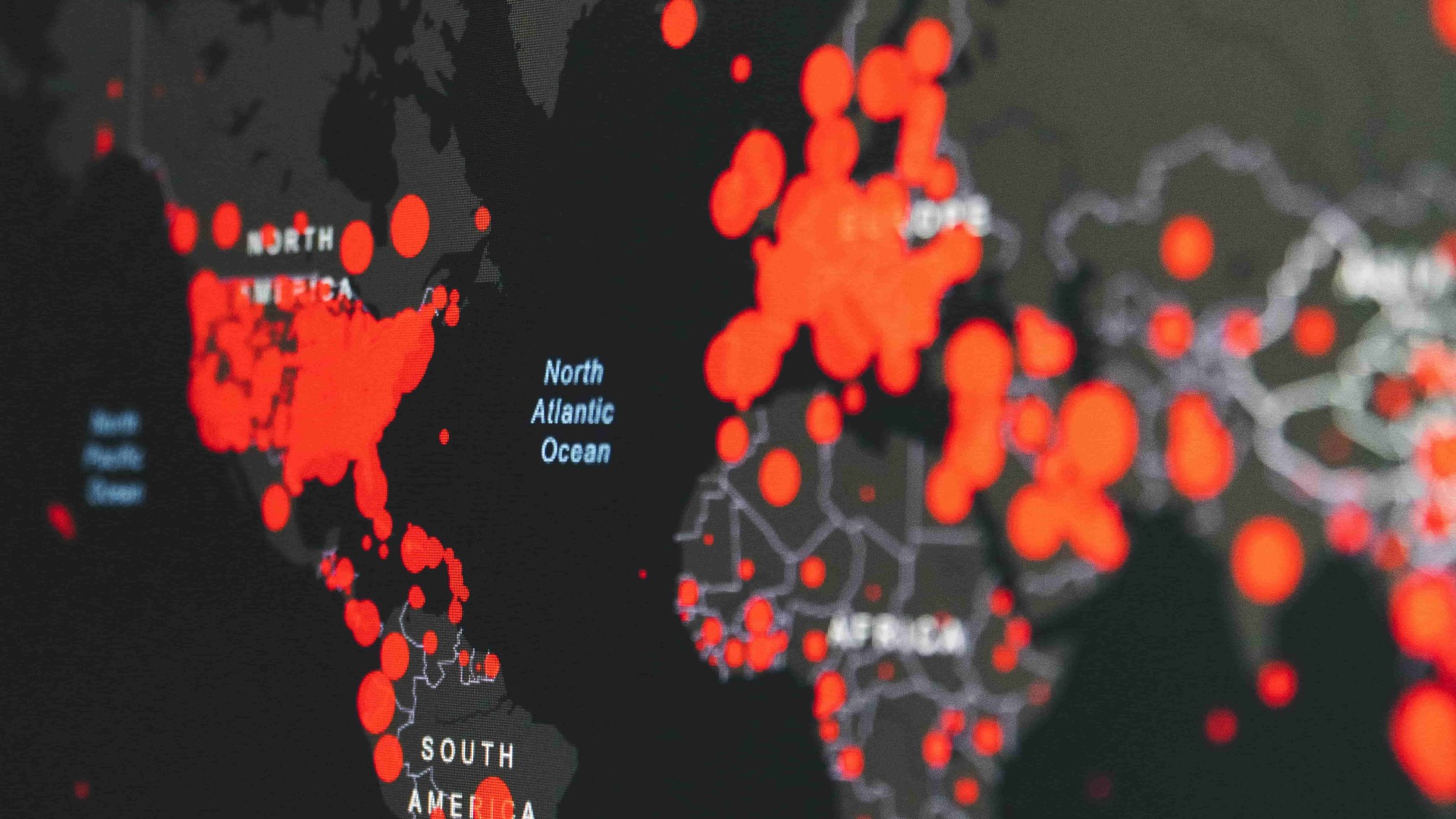A new review has highlighted how socioeconomic status (SES) significantly affects cancer outcomes, from diagnosis and treatment to survival rates. Conducted by a team of researchers, this comprehensive analysis combined findings from over 34 studies to uncover the stark disparities in healthcare access and outcomes for cancer patients based on their SES. The results emphasize the urgent need for global action to ensure equitable healthcare for all.
Socioeconomic Status and Health
Socioeconomic status refers to an individual’s position in society based on factors such as income, education, and occupation. It influences nearly every aspect of health, and cancer is no exception. Those with lower SES often face higher risks of cancer, reduced access to advanced treatments, and lower survival rates compared to those with higher SES. The review also found that individuals in wealthier countries experience higher rates of cancer diagnosis but often have better access to early screenings and treatments.
Key Findings from the Review
1. Access to Treatment and Screening:
Lower SES is associated with reduced access to critical cancer treatments, including immunotherapy, targeted therapies, and precision medicine. For instance, individuals with low SES were less likely to undergo advanced testing, such as KRAS testing for colorectal cancer, which guides personalized treatment plans. Breast cancer screening rates were also significantly lower among low-income groups.
2. Cancer Incidence Rates:
Certain cancers, such as lung and oral cancers, are more prevalent in lower SES groups due to factors like occupational exposure and smoking prevalence. In contrast, wealthier individuals had higher rates of breast cancer diagnosis, possibly due to increased screening and awareness.
3. Survival Rates:
Low SES is linked to poorer survival outcomes across multiple cancer types. For example, children from families with lower parental occupational status were almost twice as likely to die from leukemia compared to those from higher-status families.
4. Global Disparities:
Countries with higher Human Development Index (HDI) scores showed increased cancer diagnosis rates, reflecting better detection systems. However, the difference in mortality rates between high- and low-income countries was smaller, highlighting the lack of access to life-saving treatments in poorer regions.
Why Does This Happen?
The disparities stem from multiple interconnected factors. Low-income individuals often have limited access to healthcare facilities, are less likely to participate in regular screenings, and face delays in receiving treatment. The financial burden of cancer care, including medication, travel costs, and lost wages, further exacerbates the issue. These barriers often result in late-stage diagnoses when treatment options are limited.
Implications for Global Health
The review calls for urgent measures to address these inequities. Improving access to cancer screening programs, particularly in low-income areas, could lead to earlier detection and better outcomes. Subsidizing advanced treatments and ensuring that therapies like immunotherapy are accessible to all patients, regardless of income, are critical steps toward healthcare equality.
The Path Forward
Cancer is already the second leading cause of death worldwide, and its burden is expected to grow as populations age and lifestyles change. Addressing SES-related disparities is essential to reducing this burden and ensuring that every individual, regardless of their background, has an equal chance of surviving cancer. Governments, healthcare providers, and global organizations must work together to create policies that break down these barriers.
This review is a stark reminder that cancer care is not just a medical issue but a social one. By tackling these disparities, we can make significant strides toward a world where access to life-saving treatments is not determined by a persons socioeconomic status.


